The Whole Message
When taking a photograph, one light reference is reflected directly off the object and recorded as a two dimensional image. When viewing a photograph, we imply a third dimension based upon our past perceptions of similar situations.
Holograms are 3 or 4 dimensional. Height, width, depth, and motion(time), are all recorded in a holograph. But, the theory of holography is what is fascinating to me. Hologram theory is the physics of the future. Hologram language will soon diffuse into everyday life. It is this theory I will apply to communication.
The language of hologram theory is rich with metaphors. Hologram theory has been used as a language to describe our universe(physics), our brain(neurology), metaphysics, medicine, psychology, and now, communication. Even the word “hologram” implies that it is related to communication. The word hologram is derived from the Greek words, holo, meaningwhole, and gram, meaning message. Therefore, hologram means whole message.
There are a few basic things to learn about holograms.
First, I will briefly explain the two theories behind the hologram:
1) the wave interference pattern, and
2) the coherency of light.
Then, I will describe how holograms store and project information.
1. Interference Pattern
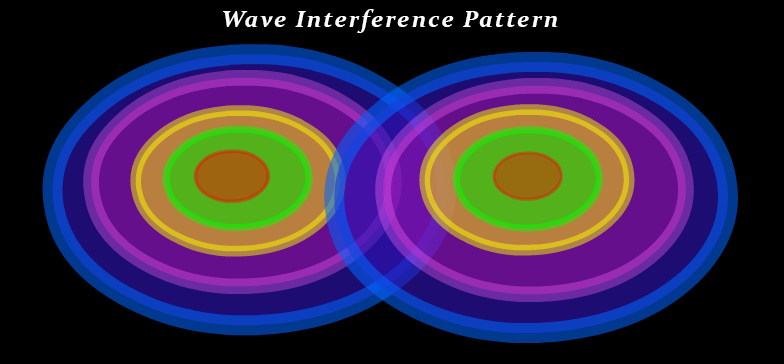 The hologram is based upon Nobel Prize winner Dennis Gabor’s theory concerning interference patterns. Gabor theorized in 1947 that each crest of the wave pattern contains the whole information of its original source, and that this information could be stored on film and reproduced. This is why it is called a hologram.
The hologram is based upon Nobel Prize winner Dennis Gabor’s theory concerning interference patterns. Gabor theorized in 1947 that each crest of the wave pattern contains the whole information of its original source, and that this information could be stored on film and reproduced. This is why it is called a hologram.
A pebble, dropped in a still pond, is the most basic example used to describe the wave interference process. If you drop a pebble into a pond, it creates an infinitely expanding circular wave pattern. If you drop two pebbles into a pond the waves’ crests would eventually meet. The intersecting points of the waves’ crests are called the points of interference. The interference of two or more waves will carry the whole information about all the waves.
2. Coherent Light
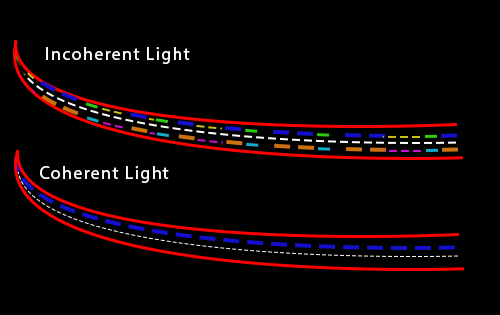
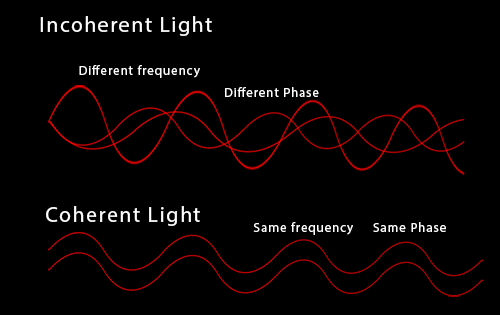 Gabor recorded several images holographically, but wasn’t successful at producing a clear image because he could only use forms of incoherent, white light.
Gabor recorded several images holographically, but wasn’t successful at producing a clear image because he could only use forms of incoherent, white light.
An example of incoherent light would be if you were watching cars coming out of a tunnel, you would likely see many different models and types of cars, traveling at different speeds and at different lengths apart. Now, suppose you started seeing the same model and type of cars, all heading down the highway at the same speed, and the same distance apart. This would be an example of coherent light. Holograms
need coherent light to record or playback the image clearly.
The L.A.S.E.R. (Light Amplified by Stimulated Emission of Radiation) was invented to produce coherent light. Incoherent light travels in different frequencies and in different phases. Coherent light travels in the same frequency and in the same phase. (100% coherent light is rare) It is important to use light which is coherent because the information is carried on the crest of each wave. The more points of intersection, the more information.
2. Recording/Storing Information
Unlike a camera, which has only one point of light reference, a hologram has two or more points of light references. The intersection points of the two light waves contain the whole information of both reference points. A LASER is used as the light source so the waves are coherent.
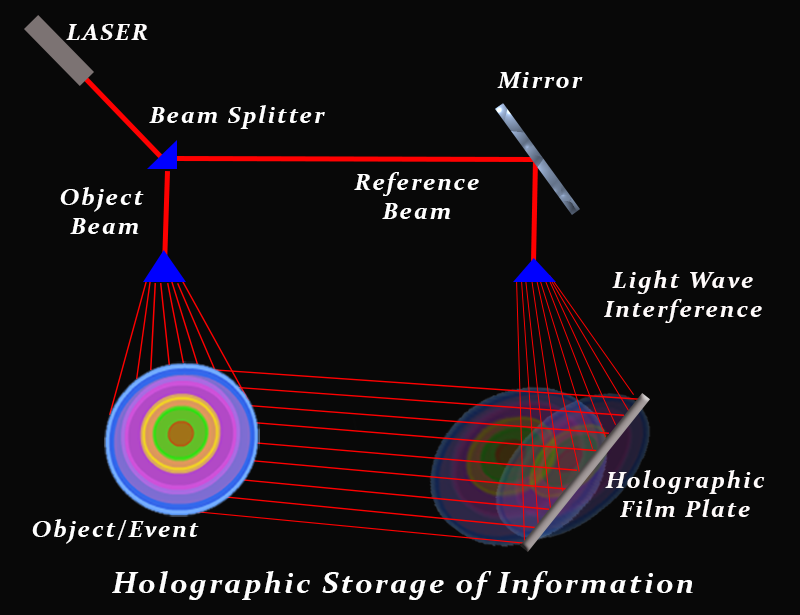
A LASER is projected onto a partially silvered mirror called a beam splitter. This mirror splits the original beam into two beams. One beam travels through a lens that diffuses the light onto the object being recorded. This light, called the object beam, is reflected off the object onto the film plate. The second beam is bounced off a mirror and then through a lens that diffuses the light directly onto the film. This beam is called the reference beam. The same light source needs to be used for both beam so the waves will have perfect intersection points.
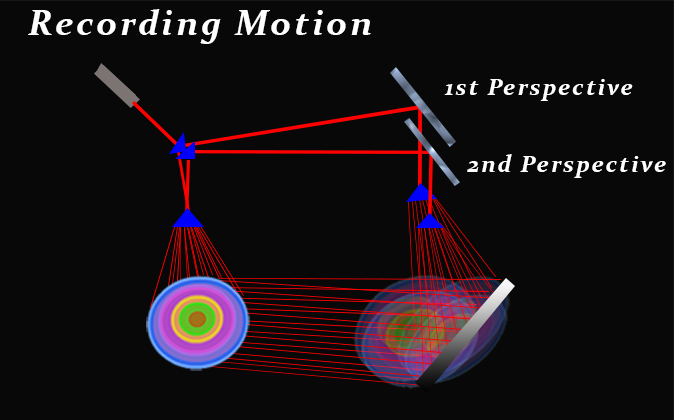
3. Projecting Information
One reference beam is used to project a hologram. A white light can be used to view, or project, most holograms. But, to get the clearest image and the most perspectives, the light source used to project the image should have a coherency similar to the original light source. The waves of the reference beam will intersect with those on the film and reproduce the information of the image. The more intersections of waves, the clearer the image reproduced.
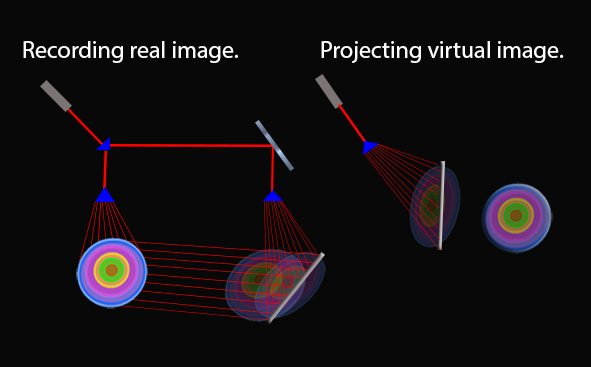
A hologram projected has an inverse relationship with the hologram recorded. Notice that the black side of the object is closest to the plate in both the real image and the virtual image.
To add motion (time) to your holograph, you would turn the object, or move the mirrors and lenses, and shoot again onto the same film. The original waves recorded on the film, will intersect with the waves from the new perspective.
